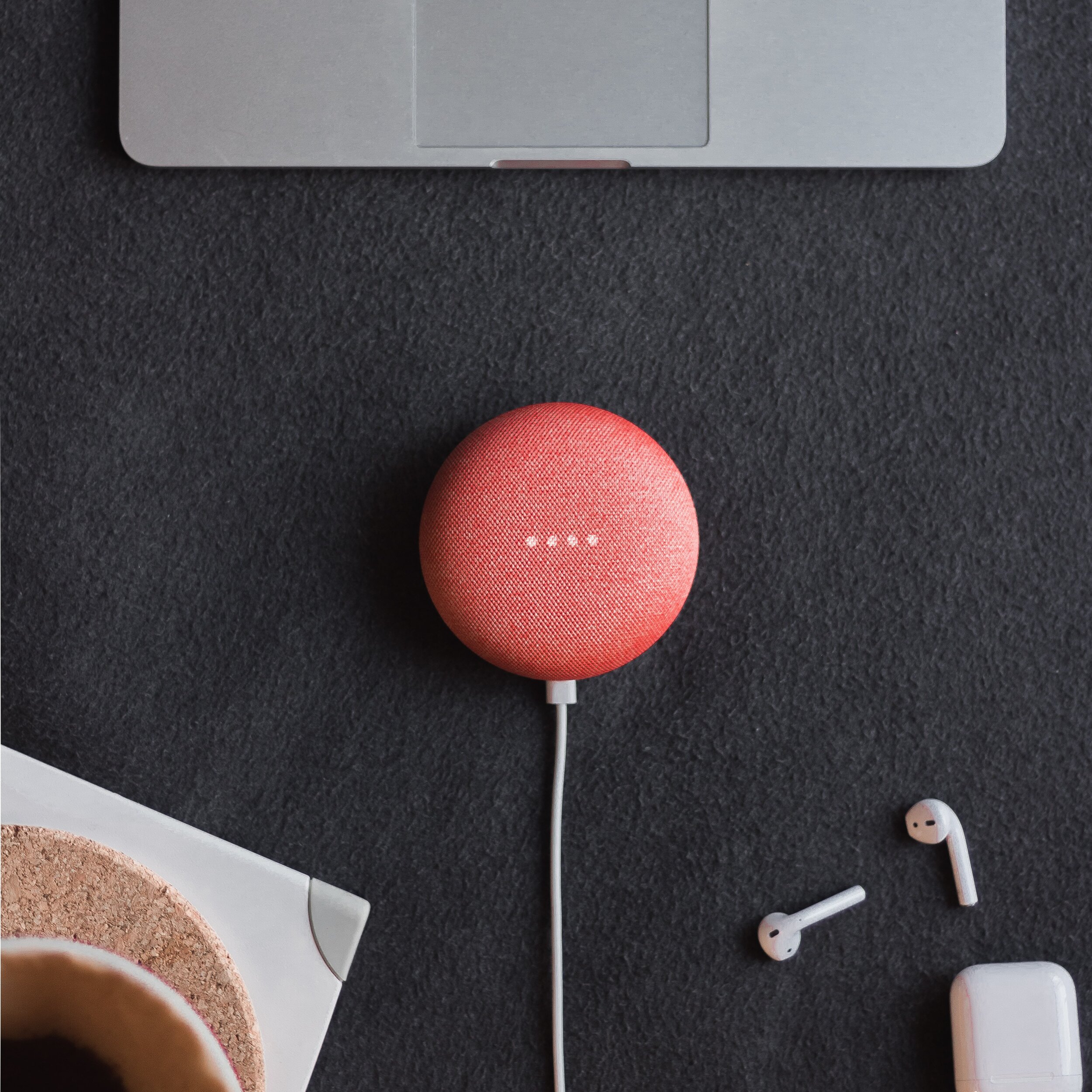How Scheduling Breaks Helps You Focus
Ever gotten really into the zone, and studied for hours, without taking a break? Think you got a lot done like that? You very well may have done a lot of work, but sometimes, looking back, you’ll find it wasn’t as good as it could be. Or, you felt really tired near the end. This is normal. Studies have shown that our attention and focus begins to diminish over extended periods of time. It’s really easy to burn yourself out, if you’re not careful.
But you still have a lot of assignments to finish, and courses to study for, which requires extended periods of focus. Luckily, researchers have developed the Pomodoro technique. It’s a technique specially designed to make sure you work at your best, without tiring yourself out. Hopefully, you’ll find it to be just as useful as we do!
Here’s a breakdown of the pomodoro technique
Time your work, then time your breaks
Pomodoro is the Italian word for tomato, because the developer, Francesco Cirillo, would famously use a tomato shaped kitchen timer to set his intervals. He worked for 25 minutes straight and then took a 5 minute break, to recharge and refresh. In this renewed state he could view his tasks with a new sense of vigor and intrigue. This can help you too, to plough forward, with the best of your capabilities.
25 minutes of work and 5 minutes of break time is the standard. However, after 4 work periods, people may take extra long break times, of 15-20 minutes. There are a lot of variations of this technique.
recharge However You Want
We like listening to music, reading part of a book, or even just taking a rest. Think of a fun thing to do during break, to reward yourself. Now’s the time to get creative. Read our blog posts about destressing for more ideas!
You’ll find that 25 minutes is much less time than you would think. This will also prime you to take those 25 minutes more seriously. Some people like to make the last couple minutes more of a mini review session, to look over what they’ve done, if they know they’re starting something that takes a greater deal of time and focus. That way, not only can they review, but they can start the new task, with a fresh mind.
There are lots of timers to use
Internet browsers all have additional plugins, that you can install for free. If you’re worried about having to have a browser open, think about disconnecting from the internet, or installing a website blocker. All you need is a functional browser, for it to work. If you don’t have a computer with you, download on an app instead.
If you really wanna be hardcore and study without any technology on hand, a timer work great. Just make sure you’re someplace where people won’t mind the alarms. You might even be able to set a fitbit to be your timer instead.
Work for longer without getting tired
People find that the greatest benefit from the Pomodoro technique is the added stamina. That way, even if you do work for 3 hours, you won’t feel as tired, or stressed. You can use your energy for other things, like cooking, or cleaning. After all, as much as we’d all like to, we can’t dedicate out entire lives to schooling! Although, the extra energy might simply be beneficial to help you wake up the next day, without feeling exhausted. You’ll find that your studies go a lot smoother and become a lot easier! Remember, education is a marathon, not a sprint. Even when you’re done school, this technique might help you with many of your other ambitious goals!
References
“Pomodoro Technique.” Wikipedia, Wikimedia Foundation, 11 Sept. 2020, en.wikipedia.org/wiki/Pomodoro_Technique.
Cirillo, Francesco. The pomodoro technique. Lulu. com, 2009.
Hedlund, André. "The Pomodoro Technique, Brain Breaks, and TED Talks: How to Increase Focus and Improve Memory Retention." !











